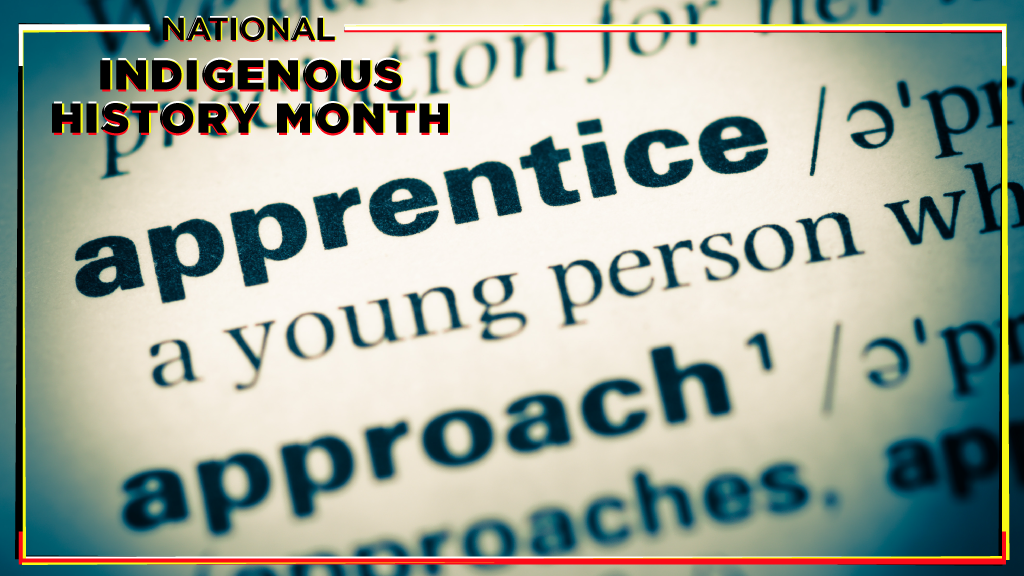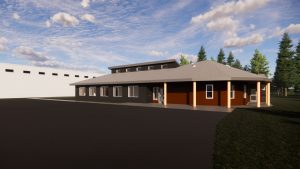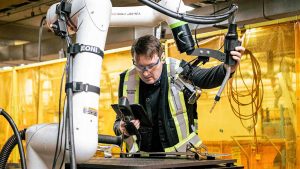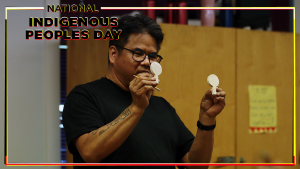Trades training is most effective for First Nations communities when the tools come to them, according to an educator and advocate for Indigenous apprenticeship.
dean of community involvement Michael Cameron spoke at the (CAF) 2024 National Apprenticeship Conference at a session titled Empowering the Next Seven Generations about the college’s innovative training programs for First Nations communities across Manitoba.
Cameron’s educational experience at the college includes leading the continuing studies, contract training, access programs and Indigenous affairs departments and he worked for three years from 2016 to 2018 in British Columbia as the director of the
He explained the title of the session refers to his and the college’s commitment to “bringing educational opportunities for the next seven generations of communities that would otherwise not be available.”
The Seventh Generation Principle also stems from the Haudenosaunee (Iroquois) philosophy that decisions made today should result in a sustainable world seven generations into the future.
“Our commitment is to help influence this change by supporting educational sovereignty and reciprocity in First Nations communities across Manitoba,” he said.
“We’re located in southwest Manitoba but there’s 63 First Nations in the province. We’re working directly with 32 of them as well as the ,” Cameron said.
He added the school does not use remote learning and instead interfaces directly with each community.
“We’re doing applied plumbing installation training in a remote community this summer. When we do that we bring a large trailer with all the tools and equipment we need,” he said.
“With construction (training) we do the same thing. We brought a trailer with all the needed tools on an ice floe this winter. Basically, we’ll do whatever it takes to run a program successfully with community partners,” Cameron added.
Practical, hands-on learning can’t be replicated with online options.
“When it comes to the trades in particular, you have to put tools in their hands. We believe in learning by doing and it’s important to us to ensure with anything they have at the local campus, they’ll have the same experience in the community,” Cameron said.
The training programs employ an Indigenous integrated work model, which Cameron explained can be conceptualized as a circle with each student in the sector surrounded by four stakeholder quadrants.
The first quadrant is the community, he said, “which defines the scope of projects to see how it affects people’s needs.”
The second quadrant is funders, which he said could be industry, the federal, provincial or municipal levels of government or funding from a First Nation.
The third quadrant is training providers such as post-secondary institutions. Cameron stressed the importance of industry, the fourth quadrant, as that is the eventual destination of trained workers.
“They’re the ones saying, ‘Here are the jobs, when you have the training we’ll do the hiring,” he said.
Cameron said the school doesn’t engage with communities unless invited.
“We don’t go out and knock on doors,” he said. “Word gets around quickly and that’s why we’re doing as much as we’re doing right now.”











Recent Comments
comments for this post are closed